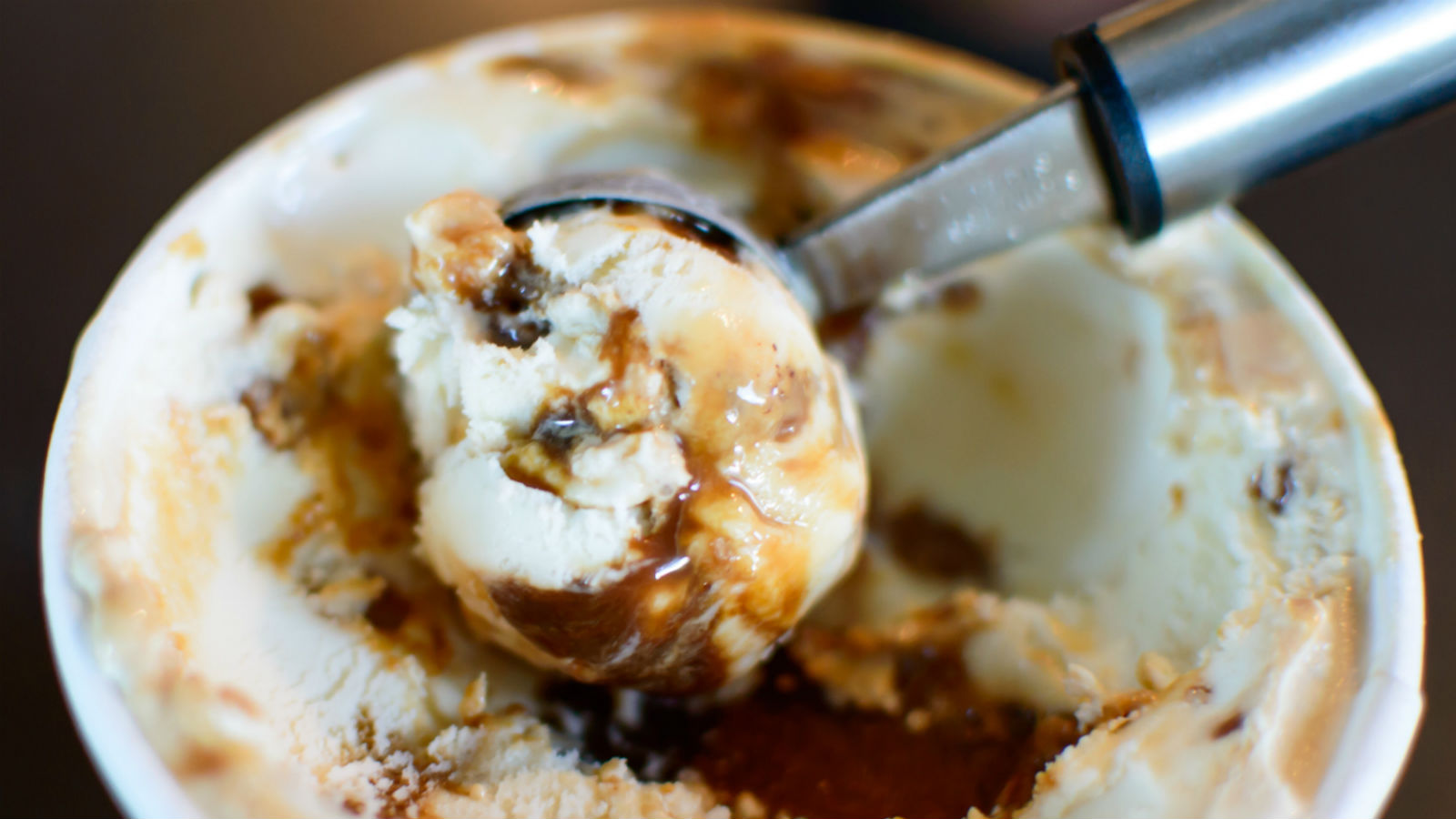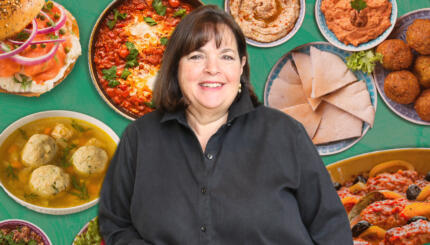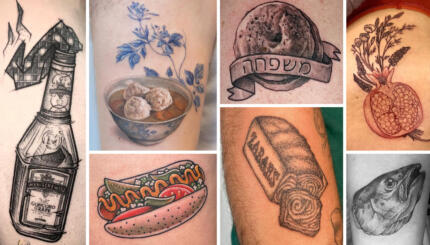Chunky Monkey. Rum Tres Leches. Banana Nut Fudge.
Who gave the world the gift of these delectable ice cream flavor inventions? Not the gentiles, but the Jews.
While Italian immigrants are traditionally given credit for opening the first ice cream parlors in the United States in the early 20th century, a series of savvy Jewish entrepreneurs are responsible for the development of gourmet ice cream flavors and their subsequent rise in popularity among the general public.
The name “Häagen-Dazs” leads many to assume it to be Nordic in origin. Surprise — this internationally renowned ice cream company that sees over $2 billion in sales annually was actually the brainchild of Polish Jew Reuben Mattus. Just after immigrating to America in the 1920s at the age of 10, alongside his widowed mother, Mattus went to work for his uncle’s Italian lemon ice business in Brooklyn. By the early 1930s, the family had expanded its product line to include chocolate-covered ice cream bars, ice cream pops, and ice cream sandwiches.
The Nosher celebrates the traditions and recipes that have brought Jews together for centuries. Donate today to keep The Nosher's stories and recipes accessible to all.
Mattus was convinced he could deliver even higher quality ice cream to his customers, and engaged in a thorough self-education on the science and culinary methodology required to create the richest, most superior frozen confections. Mattus’ real stroke of genius, however, was his recognition that his new ultra-premium ice cream needed a certain cosmopolitan cache to make it appeal to his target audience: sophisticated, moneyed Americans. Thus, he decided to give it a “foreign-sounding” name, and specifically a Danish(ish) one to pay tribute to the country’s effort to save Jews during WWII.
Remarkably, around the same time, another Jew on the other side of the country was also launching his own ice cream experiment. Canadian Irv Robbins was self-taught, first gaining skills working in his father’s store and then teaching himself more advanced techniques while crafting ice cream as a lieutenant in the U.S. Navy during the Second World War. In 1945, Robbins opened the Snowbird Ice Cream parlor, in part with funds from his bar mitzvah (how’s that for foresight?) in Glendale, California and quickly won rave reviews for the wide variety of flavors. Shortly thereafter, Robbins’ brother-in-law Bert Baskin opened his own shop, and in 1948, the fraternal pair established a joint establishment and soon-to-be company, Baskin-Robbins.
They came full circle when, almost fifty years later, Baskin-Robbins merged with Dunkin’ Donuts (founded by Jewish entrepreneur William Rosenberg).
Steve Herrell, whose spouse and business partner was Jewish, observed the strides made by Häagen-Dazs in broadening consumers’ tastes for ice cream and decided to capitalize on that momentum by opening an ice cream shop in the 1970s that proffered flavors more exotic than the standard chocolate, vanilla, and strawberry. Located in Somerville, MA, Steve’s served then-novel varieties of creams such as chocolate pudding, cookie dough, and peanut butter, as well as afforded customers the opportunity to add “mix-ins” like M&Ms, chocolate sandwich cookies, sprinkles, and toffee bits.
And just as Herrell was inspired by Häagen-Dazs, his ice cream innovations would influence other ice cream entrepreneurs, including two mensches who would arguably go on to become America’s greatest creators and purveyors of gourmet ice cream: Ben (Cohen) & Jerry (Greenfield). After witnessing first-hand Herrell perform his mix-in technique at his eponymous parlor, the dynamic duo started their scoop shop in 1978 in Burlington, Vermont. They initially followed Herrell’s style of manually incorporating different toppings, then moved on to churning out pints pre-blended with different candies, baked goods, and sauces, thus paving the way for the emergence of Phish Food, Chubby Hubby, and other iconic Ben and Jerry’s flavors.
When it comes to ice cream: how sweet it is to be loved by Jews.



